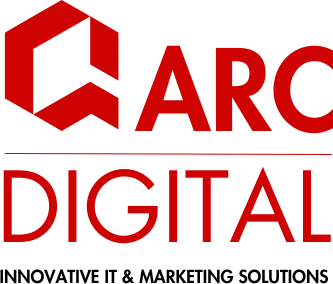1. Purpose sets the foundation
This is the most important part for web designers. Site design isn’t something you should make up as you go along. A purpose will give you a clear plan and guide the design and content creation. Winging it isn’t a practical design philosophy. A site’s purpose can be as simple as promoting purchases, telling a company’s story, or providing tutorials. You should be able to capture your site’s intent in a sentence or two — think mission statement.
2. Typography
Typography shapes our perception of ideas. A type’s weight and geometry communicate meaning, and as a designer, it’s important to know the best way to deliver messages with the appropriate typographical choices. There are plenty of resources on the web to help broaden your typographic knowledge. FONTS IN USE shows different typefaces applied to a variety of media. Tools like Font combinations for web designers can give you ideas for possible pairings.
3.User Experience (UX)
User Experience focuses on someone’s emotional response to design — a combination of a site’s usability and integrating interactive and dynamic elements to make the design a joy to navigate. UX aims to shape a person’s experience while engaging them and guiding them through the site.
Best UX practices include:
- Uncluttered layouts with negative space and logically organized content (be clear)
- Intuitive design and content that focuses on a humanistic, rather than mechanical, experience (design with empathy)
- Audience-specific design and information tailored to meet their needs (know your audience)
4.User Interface (UI)
Where UX is concerned more with the broad aspects of how design affects someone, UI focuses on specificity. Buttons, menus, and micro-interactions are all a part of UI. These elements guide an audience through a design, free from obstructions, for a smooth experience.
UI touches many different facets of usability, including:
- Navigational elements and straightforward, intuitive interfaces
- Calls to action that guide people to do what you want them to do in the shortest amount of time
- Intuitive and repeatable actions your audience can follow and learn when using your design.
7. Colors set the tone
The palette you choose for a design communicates so much. It can be playful, like a toy company, or more serious for a site offering financial services. A color scheme can do a lot to reflect a brand’s spirit and message. Choose colors that communicate your identity and — most importantly — make the content easy to read. With that in mind, always run your color combinations through a color contrast checker to ensure readability.
8. Copy writing
What is writing? Writing is telepathy
Should web designers be writers? And should writers know about design? Understanding how copy and design work together will make you more effective at both. You know a fantastic design when you see it because it’s your area of expertise. Being able to recognize good writing and what makes it good will help you develop your own writing skills.
9. Attention to detail
Effective design doesn’t materialize by chance. Design choices like navigation, layout, and color scheme should be deliberate. Attention to detail should touch every part of a design. Making sure every part of your design serves a purpose will make for tighter work.
10. Business Strategy
We don’t expect you to become a business expert, but you need to know how your design will help a client’s goals. To be strategic is to concentrate on what is important. Also, you should focus on those few objectives that can give us a comparative advantage. Lay emphasis on what is important to us rather than others. Moreover, one needs to plan and execute the resulting plan with determination and steadfastness.






